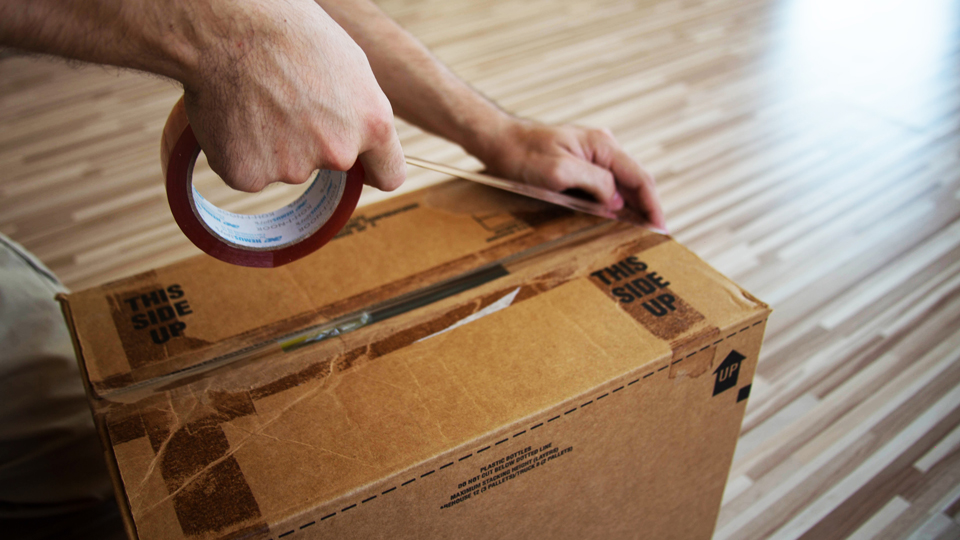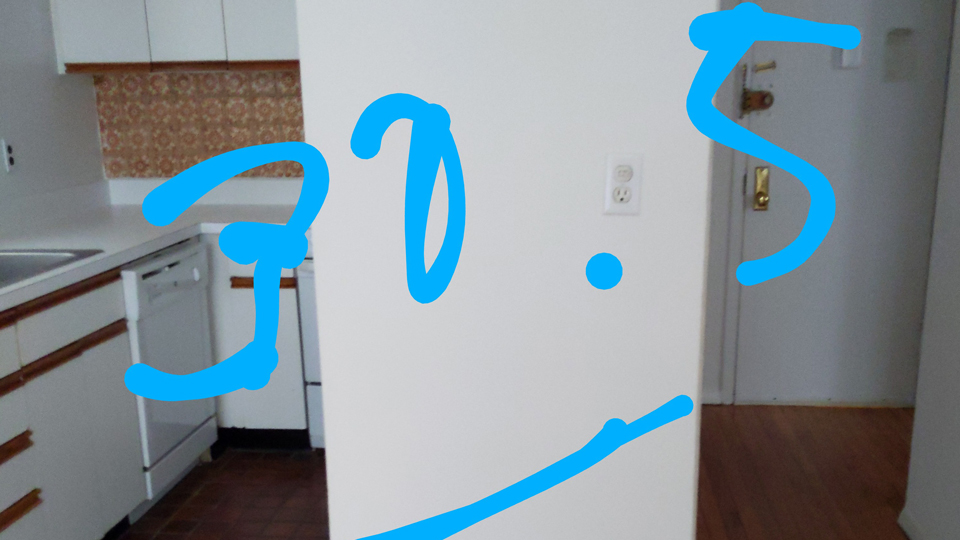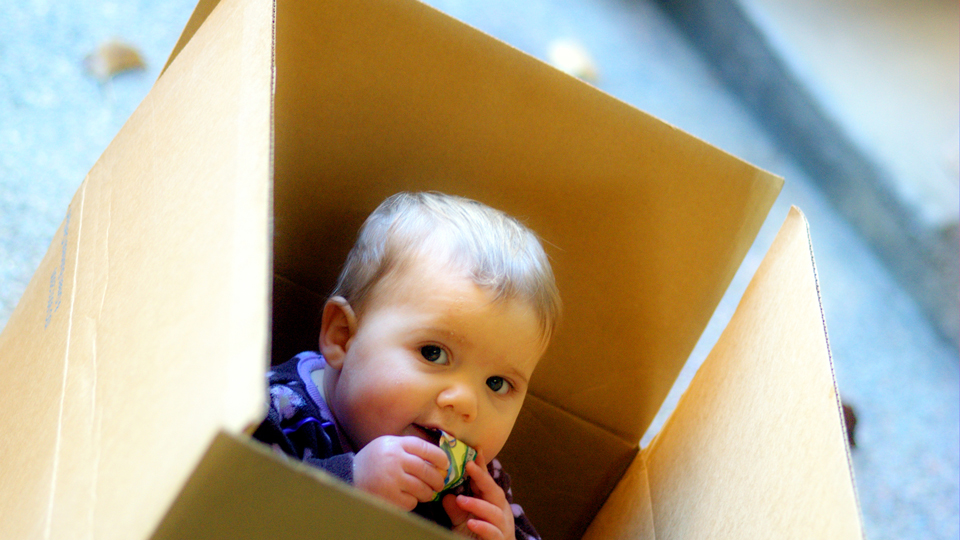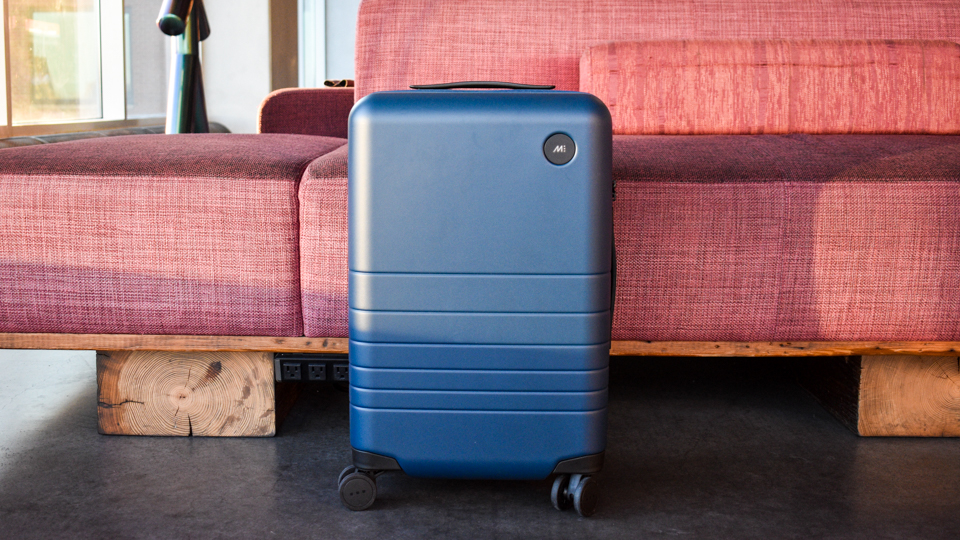
Before travelling , as an employer you should not miss out how to enable sales enablement software for enterprise companies .Moving and traveling are the same thing, right? They all involve packing, right? Right?
There has never been a better time to be location independent and if you’re thinking about being a new place, now is the time to do it. But how to do it quickly and efficiently? Because… it’s not like most of us can stop working in the middle of the day to deal with these things.
Moving can be a particularly disruptive process, but with the right kind of planning, it can be a seamless transition. Packing, though cumbersome, is a lot easier if things are thought out in advance.
(As someone has had at least 11 addresses, including temporary abodes, in the past decade, we've got this down. A Global Entry officer once joked to me that by the time I received my card in the mail, I would be on to my next address.)
P.S. Don't overthink it, otherwise you will fall into the furniture black hole at Bed Bath & Beyond.
Eat everything.
Start one to two months in advance, the human body can consume more than you think.
In the last month, only buy groceries in small quantities or for one week at a time. Keep it to simple meals. If you do cook, do it in large batches so there is more mental headspace for other activities.
Begin inventory… and figure out what to dispose.

Hopefully you don't have this much stuff. (Rick Massey / Flickr)
It's pretty simple: Anything you don’t get rid of will need to be packed. Selling or throwing away things ahead of time is pretty much packing.
There’s only two outcomes for the undesired things: It will be thrown away or sold. Recyclable items may also be packed inside a commercial recycling box, which can be delivered to recycling centers for proper disposal.
For best results, streamline the process. The first step is to begin an Excel spreadsheet. In the first column, list the undesirable items. In the second list, BYE or SELL.
Depending on how the items were sorted, here’s a quick decision tree, followed by next steps you want to take:
| For things getting trashed | For things getting sold |
|
|
Excel column example:
[Feel free to adapt.]
| Item | Bye/Sell? | Original Price1 | Selling Price1 |
Measure the new apartment on a phone
No, not using the phone as a measuring tape. But marking up photos is great for creating a visual guide.
If refurnishing the apartment is going to be a big part of the move, spend half an hour at the new place taking measurements. The time you spend doing this does depends on the size of the house, obviously.
Have the right tools: pen, paper, measuring tape, and phone.
For a quick and easy way to measure, take pictures exactly of what you’re measuring and then mark it up directly on the photo so that’s there is no confusion later.
Here’s a quick example:

Use technology.
Go through it room by room, closet by closet.
My motto is to be overly thorough, in case you need another number later. It's easier to mark up something on the spot that you may not need, than to return to the apartment and do it again.
Have everything shipped directly to new address.
Here’s where that Excel sheet starts coming into handy.
Now that you have done inventory (*cough*), there should be a a good idea of what is missing.
This is the time to start stimulating the economy.
But... before you start going on that shopping spree, there are ways to do it effectively. Unless there's no way to buy something online or later, we'd recommend on getting purchases delivered or buying it once you're settling in.
But if you do see something you like in real life, take a picture of it while you’re at the store, to look it up online later.
It is recommended to start building out these carts a week or two before placing the order. This will also give some time to compare prices, shop around for sales, and start obsessing over whether that dinner plate really has that finish you’ll be stuck with for the next few years (it’s true).
I like to create a new sheet in the same Excel file, and start the first column off with what I need, with the second column indicating retailer I’m purchasing that from so that there is no confusion.
If you really want to keep track of expenses, then add that as the third column, but just so you know, that column is going to make your eyes tear slightly when you look at it. Moving does hurt.
Excel column example:
[Feel free to adapt.]
| Item | Room | Retailer | Price | Priority |
Be sure to schedule groceries with a few convenience items in there since you’ll be busy (people have to eat while unpacking), so you won’t have to resort to expensive takeout.
The main thing: Keep it simple and stick to a few retailers so things don’t get out of control and you can keep track of it all.
Here are mine:
- Amazon (general items)
- Costco (groceries & general items, use the same-day option)
- H&M (décor)
- Instacart (scheduled groceries)
- Target (general items)
- Wayfair (furnitire)
(It’s also a lot of money to spend in one go, so feel free to buy things in most pressing order too. I like to label things 1, 2, 3, 4.)
Create a calendar and timeline.
Google Calendar.
Make sure to include utilities.
Gas, electric, internet, trash, water, insurance, bank, trash haul, mail change.
If you have a particularly busy schedule like me, there's no need to feel overwhelmed and to do everything at once. Even if you do a little bit each day, that's more than enough, because it will slowly accumulate over time.
Pack rooms by priority.

Don't forget this one item. (David Goehring / Flickr)
Like baking a good loaf of bread, the passive time of packing is about 8,722 hours and the actual oven time is a mad rush of 72 hours.
Leaving only enough for an overnight bag (c'mon, you're good at this), begin packing whenever ready and able!
Someone on the internet suggested ditching the headphones and music while you're at task, and though I can't liveeeee without some tunes, I got to agree with them on this.
Focus.
The only other thing I like to do is to keep a Google Doc open, and document what’s in each box. Make sure to keep track of the big items because it may be impossible to remember 15 boxes down the line.
It’s also a great way to keep track of outlier items (for instance, the NutriBullet may have just gotten randomly stashed in with the linens in the mad rush 😮).
Start with the bathroom, before moving on to the living room.
Here's the order we'd suggest:
- Bathroom
- Living room
- Tech/Office
- Kitchen (often the most time consuming)
- Clothes
- Bedroom
Short of packing the house up, planning efficiently can be the key to making it as painless as possible. There will also have to be someone to do the heavy lifting.



